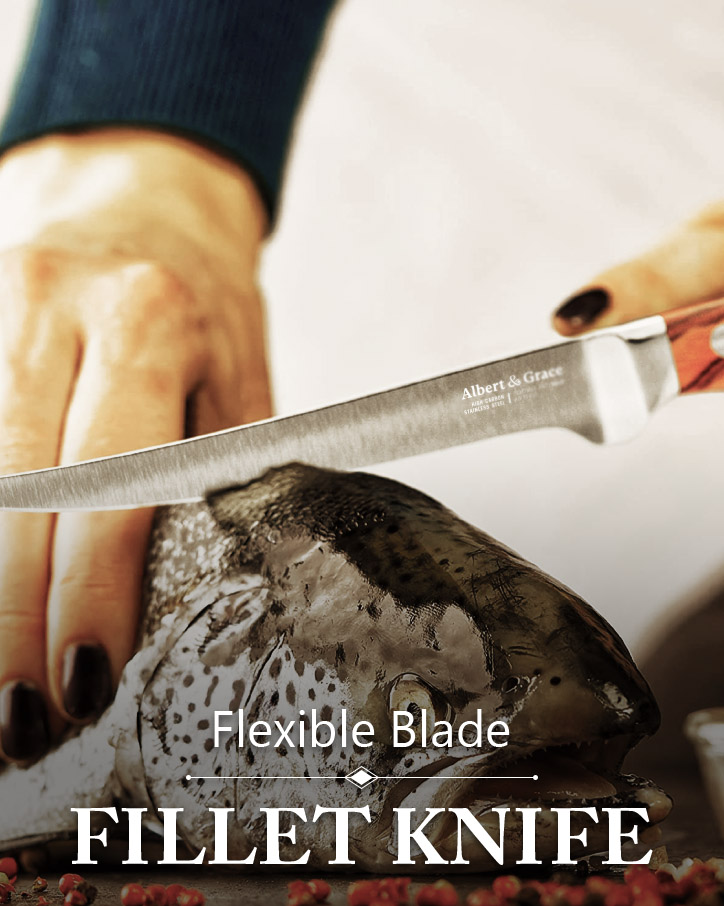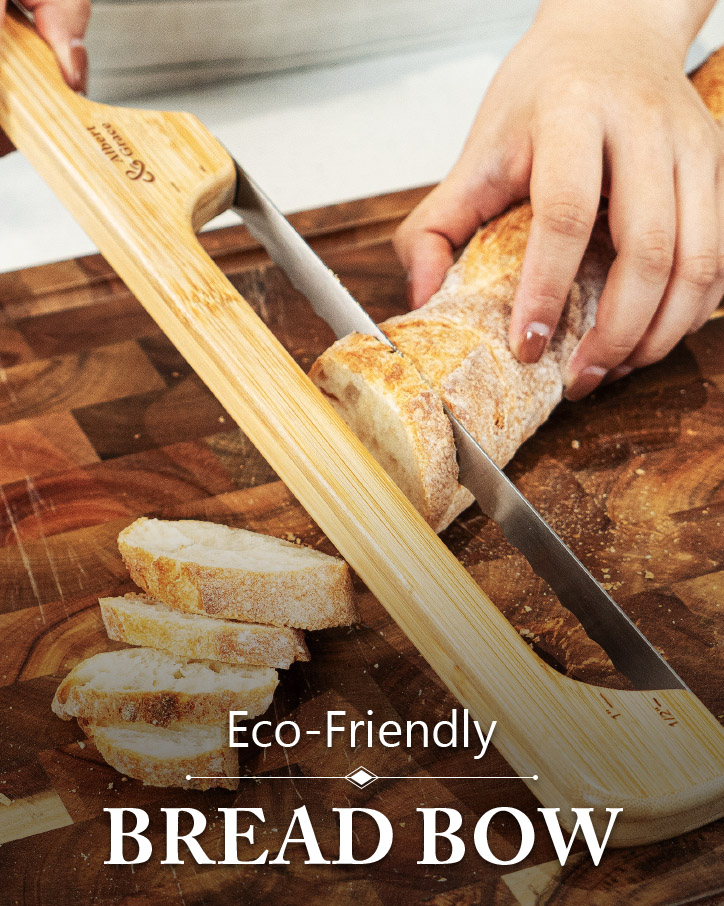How to Choose the Best Bread Slicer for Your Kitchen
A bread slicer is a practical tool for anyone who enjoys fresh bread. It allows you to cut even, uniform slices without the challenge of trying to slice by hand. Whether you’re slicing homemade loaves, bakery bread, or pre-packaged loaves, a bread slicer improves consistency, reduces mess, and makes slicing easier. With so many types of bread slicers available, it’s important to understand what features matter most. This guide will help you choose the best bread slicer for your needs. Why Use a Bread Slicer? Cutting bread freehand with a knife often results in uneven slices. A bread slicer provides: ✔ Uniform Slices – Ensures consistent thickness, making sandwiches and toast more balanced.✔ Less Waste – Reduces crumbs and broken slices, keeping bread intact.✔ Better Safety – Keeps hands away from the blade, reducing the risk of slipping.✔ Faster Cutting – Speeds up slicing, especially for large loaves or batch baking. Key Features to Look for in a Bread Slicer 1️⃣ Material – Durability and Stability Bread slicers are commonly made from bamboo, plastic, or wood. ✔ Why material matters: 💡 Best choice: A material that balances durability, eco-friendliness, and stability is ideal for home kitchens. 2️⃣ Slice Thickness Adjustability – Customizing the Cut Not all bread slicers offer adjustable slice thickness, but having this feature is a major advantage. ✔ Why it matters: 💡 Best choice: Look for a slicer with multiple thickness settings to give you more control over your bread slices. 3️⃣ Width Adjustability – Accommodating Different Loaf Sizes One often-overlooked feature is the ability to adjust the width of the slicer to fit different loaf sizes. ✔ Why it’s important: 💡 Best choice: If you regularly bake different types of bread, a width-adjustable slicer offers more versatility. 4️⃣ Foldable or Compact Design – Easy Storage A large bread slicer can take up space in your kitchen. A foldable design makes storage easier. ✔ Why it’s useful: 💡 Best choice: A slicer that folds flat or disassembles easily is ideal for kitchens with limited storage space. Final Considerations: Choosing the Right Bread Slicer When selecting a bread slicer, keep in mind the following: ✅ Material – Choose a sturdy and easy-to-maintain slicer.✅ Slice Thickness – Adjustable models provide more versatility.✅ Width Adjustability – Ideal for slicing different-sized loaves.✅ Foldable Design – Easier to store and saves space. A good bread slicer saves time, improves slicing accuracy, and enhances your bread-cutting experience. Whether you bake your own bread or buy fresh loaves, investing in a quality slicer ensures consistent results every time.





